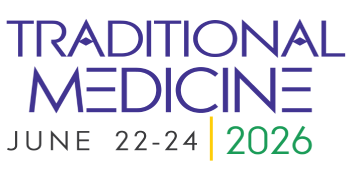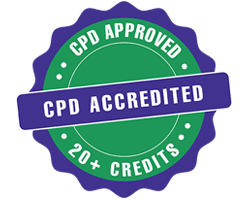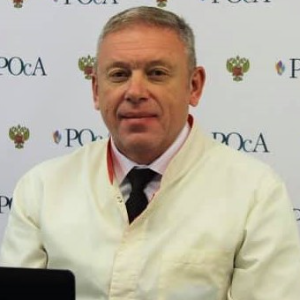Title : The path of osteopathy in Russia: From the empirical experience to the Evidence-based Medicine
Abstract:
Since the beginning of its existence, osteopathy has developed a scientific approach to the treatment of diseases. Studies have been conducted to evaluate the results of osteopathic treatment and to compare them with the results of other treatment methods. After the target object of osteopathy - somatic dysfunction (M 99.0 in the ICD) - was identified, it became possible to conduct clinical controlled studies and meta-analysis.
In 30 years Russian osteopathy has overcome the path that the world osteopathy has walked through during a century and a half. In Russia, it has become a specialty of higher medical education. Training programs for osteopaths have been developed and legally approved.
In order to unify osteopathic diagnostics we developed a classification of somatic dysfunctions and a methodology for assessing their palpation characteristics. We also proposed a method for registering osteopathic status - an osteopathic report with the determination of the dominant somatic dysfunction, which makes it possible to develop unified protocols for randomized controlled trials. On the basis of objectively registered characteristics of somatic dysfunctions, it became possible to explain the mechanisms of action of osteopathic correction on the human body.
What will audience learn from the presentation?
1. The classification of somatic dysfunctions developed in Russia can be used to unify osteopathic diagnostics and to select methods of osteopathic correction individually for each patient.
2. The proposed method of registering osteopathic status (osteopathic report with the determination of the dominant somatic dysfunction) will help to develop uniform protocols for randomized controlled trials in osteopathy.
3. Information about the influence of osteopathic correction on the human body can be used in teaching and explaining the benefits of osteopathy to patients and doctors of other specialties.




